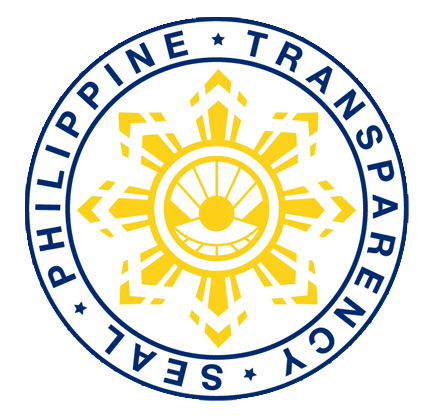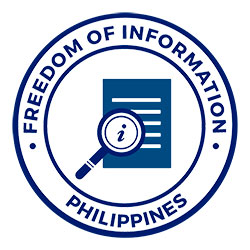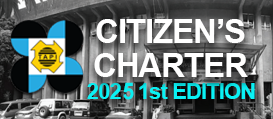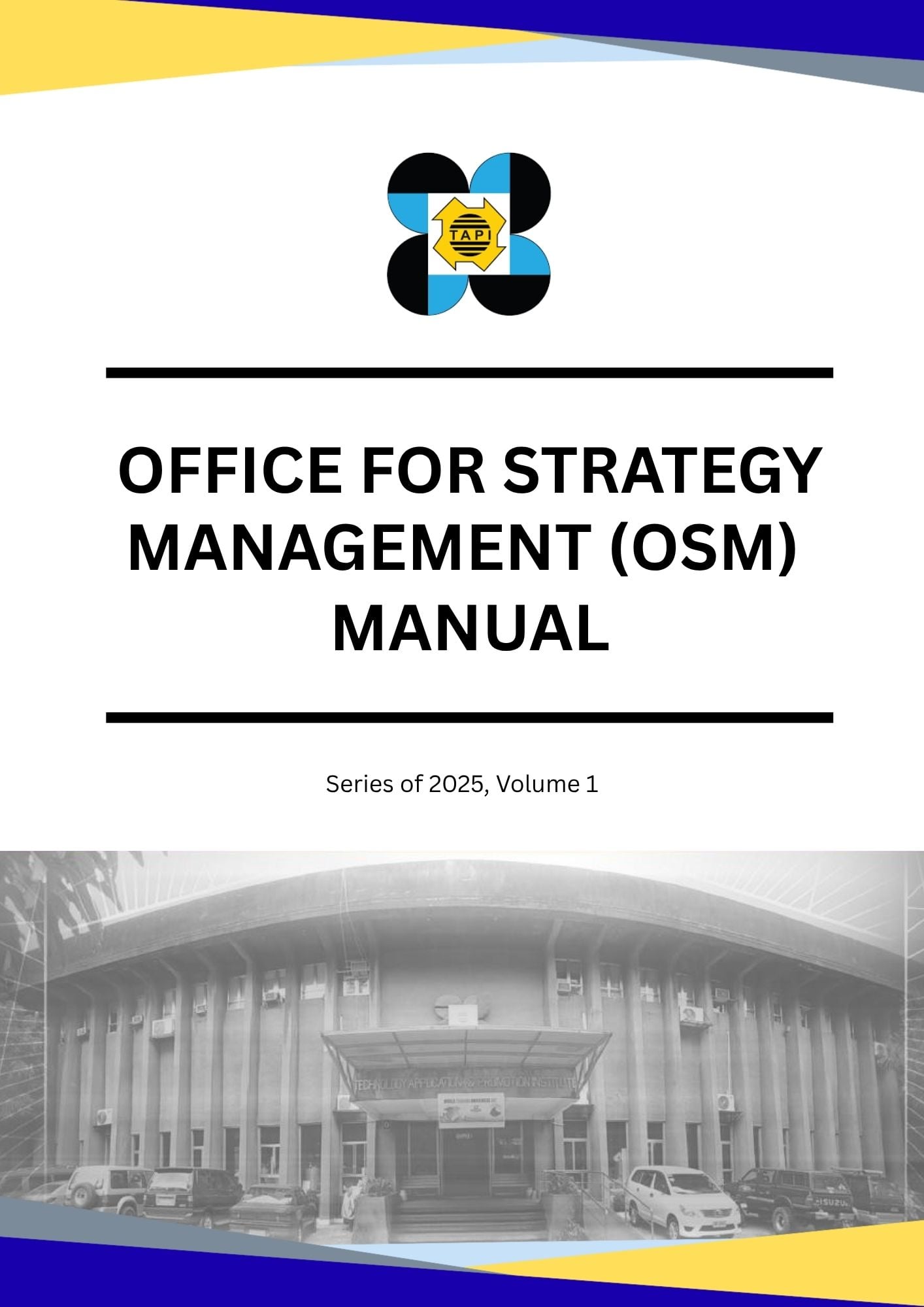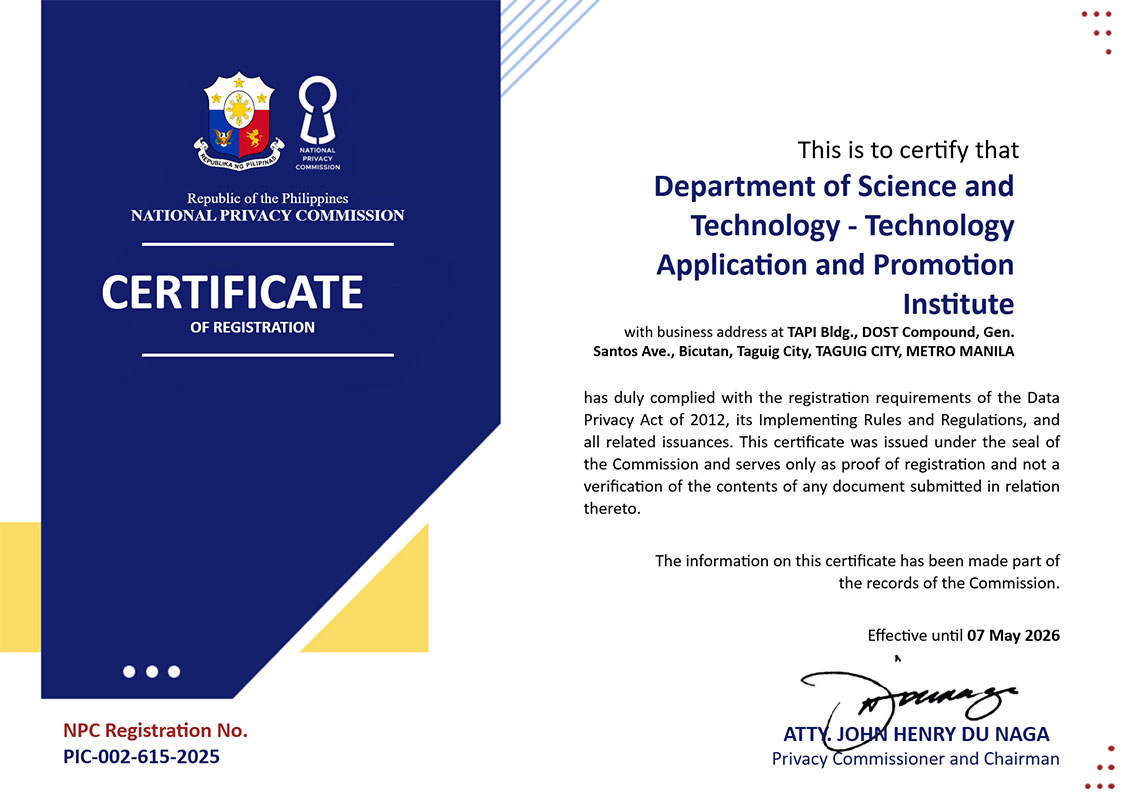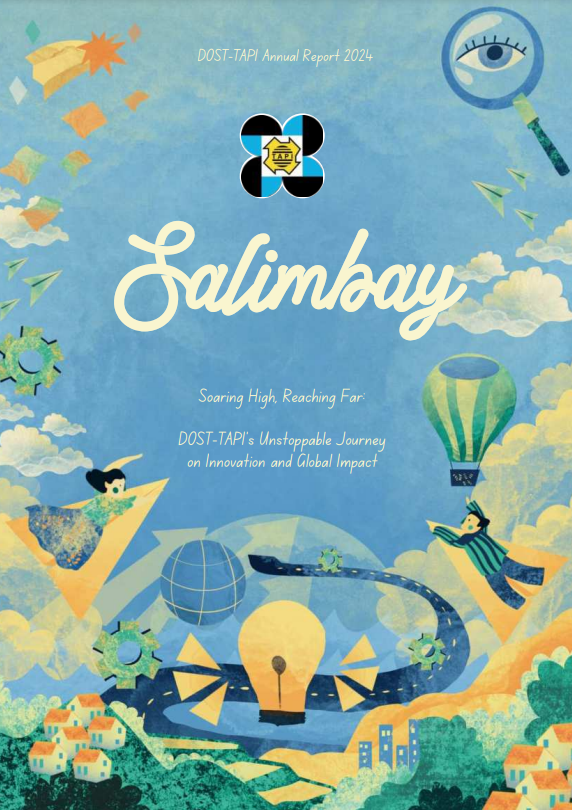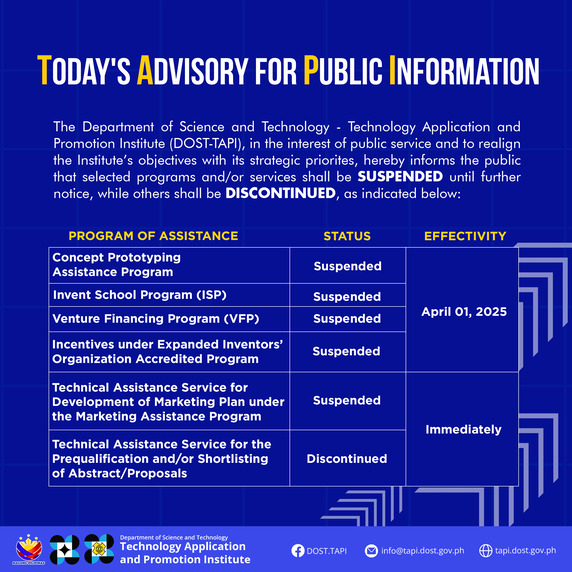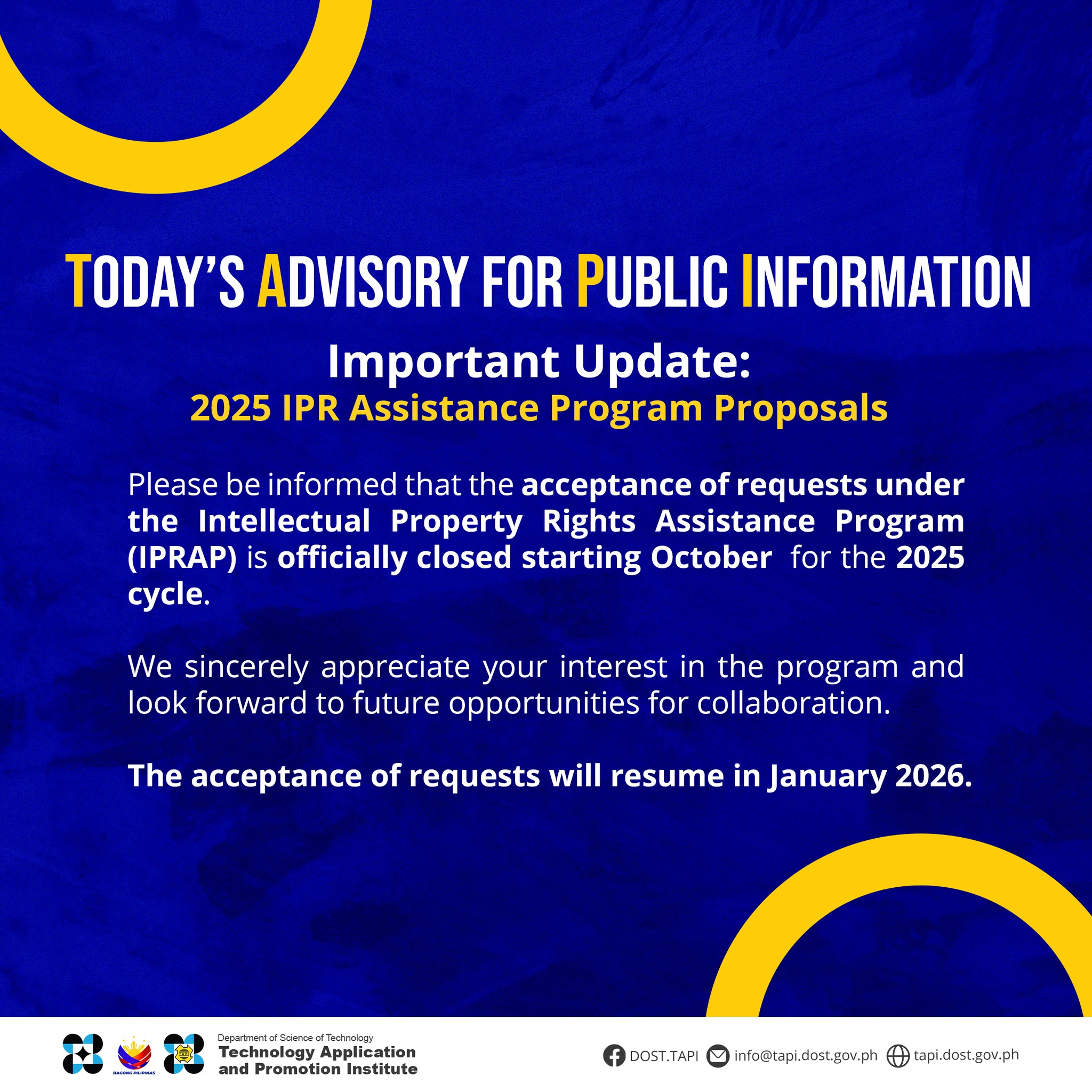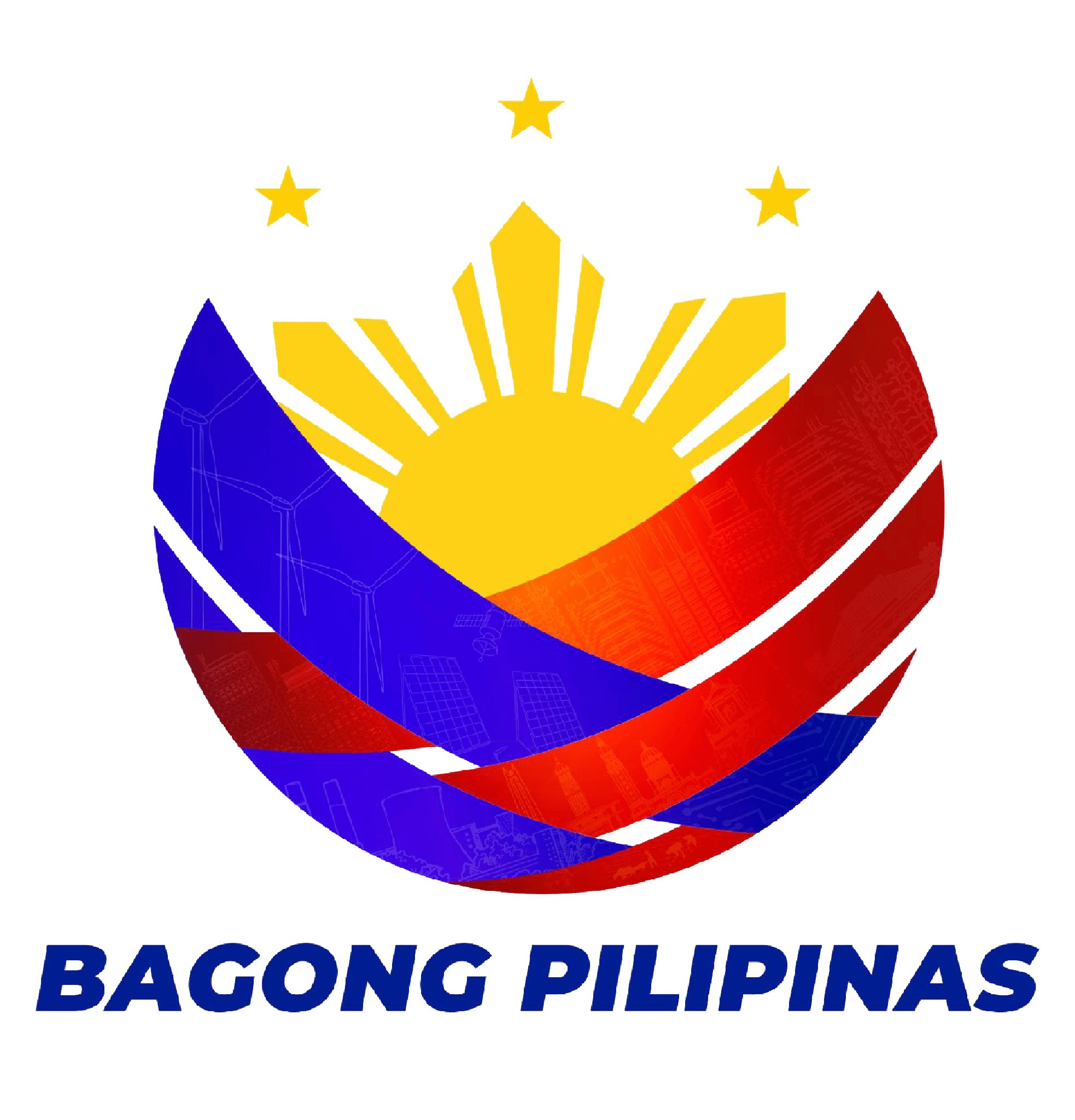By Elijah Espiritu
In an era where technology is rapidly transforming education, the Department of Science and Technology-Science Education Institute (DOST-SEI) is leading the charge with innovative tools designed to enhance learning experiences for Filipino students. Among its educational innovations is the Strategic Intervention Material for Teaching with Augmented Reality (SIMATAR), standing out as a tool in science education, leveraging Augmented Reality (AR) to bring complex scientific concepts to life.
DOST - SEI’s SIMATAR is another project under the leadership of Josephine Feliciano that revolutionizes the overall accessibility to science education knowledge. Other DOST science education projects are the Virtual Laboratory Application in Science (VLAS), and the DOST courseware which are software designed to create learning-conducive virtual environments for students and teachers alike.
SIMATAR is one of the excellent ‘filipinovations’ participating at the National Science and Technology Fair - Thailand. With one of the fair’s categories perfectly aligns with SIMATAR’s purpose of integrating Science, Technology, Engineering, Art, and Mathematics (STEAM) in educational technologies.
Creating access to science education
As the education arm of DOST, DOST-SEI carries out its mandate to support the development of science and math education, as well as their continued innovation of educational technologies in Science, Technology, Engineering, and Mathematics (STEM).
SIMATAR is an innovative ICT resource utilizing augmented reality technologies in education that leverages handheld tablet platforms, seamlessly integrating computer-generated graphics with the real world. Instead of creating an entirely new reality, SIMATAR blends graphics with the existing world around us.
The software provides visual references and practical examples for hard-to-understand STEM topics. It is designed for deployment in every local school, enhancing mastery and making classroom learning significantly more effective and efficient.
SIMATAR’s international influence
Having attended the BettAsia Edutech conference in 2016 and 2018, Feliciano and her team were able to benchmark and conceptualize local equivalents of educational technologies presented there. This participation led to the conception of SIMATAR as an idea and technology.
Feliciano said that with similar intent, she and her team aims to launch their innovations locally and internationally in hopes of inspiring and helping others to assist the teachings and learnings in STEM.
“[The] Primary target of our innovations is the education sector to assist the teaching and learning of STEM for the Philippines but with the international audience. We hope to deploy our education technologies not just to every local school to give our learners self-learning materials for mastery of hard to learn topics.”
Josephine Feliciano
On the internationalization of SIMATAR
With DOST-TAPI’s continuous support, SIMATAR is set to participate in the NSTF - Thailand 2024.
Feliciano expressed her excitement for the opportunity to realize the potential of their educational softwares. She added that with the positive feedback from User Acceptance and Experience Testing (UAT) with end-users, teachers and learners during their beta-testing, they are excited to show the innovative prowess of Filipinos globally.
The Role of DOST-TAPI’s Internationalization Campaign
The participation of SIMATAR at NSTF-Thailand represents a key achievement for Filipino innovation. Feliciano and her team aims to impress at the event by showcasing the SIMATAR’s ability to blur the line between virtual and reality, providing reality augmenting tools that can curb difficulties in bringing science to the classroom.
Internationalization campaigns similar to this one provides opportunities for existing technologies to benchmark their capabilities with the global scene, as well as help innovators adapt international technologies that are not yet implemented locally. This provides insights and ideas that are appropriate for the Philippines, especially in the context of the Philippine education curriculum.
“I’ll seek for emerging technologies that could be applied in the existing innovative products that we have or gather insights and ideas for a new education technology appropriate to the context of the Philippine Curriculum.”
Josephine Feliciano
On their goals for NSTF-Thailand participation
Participating in NSTF-Thailand allows VLAS to gain recognition while also contributing to the global conversation on the role of digital tools in enhancing science education. This visibility could lead to partnerships with educational institutions and technology companies worldwide, broadening the impact of this innovative application.
Looking Ahead: The Future of VLAS and International Collaboration
As DOST-SEI advances the development of SIMATAR, the future appears bright for this cutting-edge educational tool. Plans are underway to expand its content by incorporating additional scientific topics and enhancing its interactive features. Moreover, SIMATAR will soon offer multi-lingual support for the Philippines and be adapted for various dialects in other countries, broadening its educational impact and making it more accessible globally.
The institute’s commitment to improving science education through technology is evident in the continuous development of SIMATAR and other similar projects. By embracing innovation and leveraging the power of AR, DOST-SEI is not only transforming the way science is taught in the Philippines but also setting the stage for a new era of education where technology plays a central role in shaping the minds of future generations.
** This article is part of the "SPICE: Science and Technology Promotion for International Contest and Exhibits" campaign for the National Science and Technology (NST) Fair Thailand 2024. For more information and event updates, visit the DOST-TAPI website at www.tapi.dost.gov.ph.**

